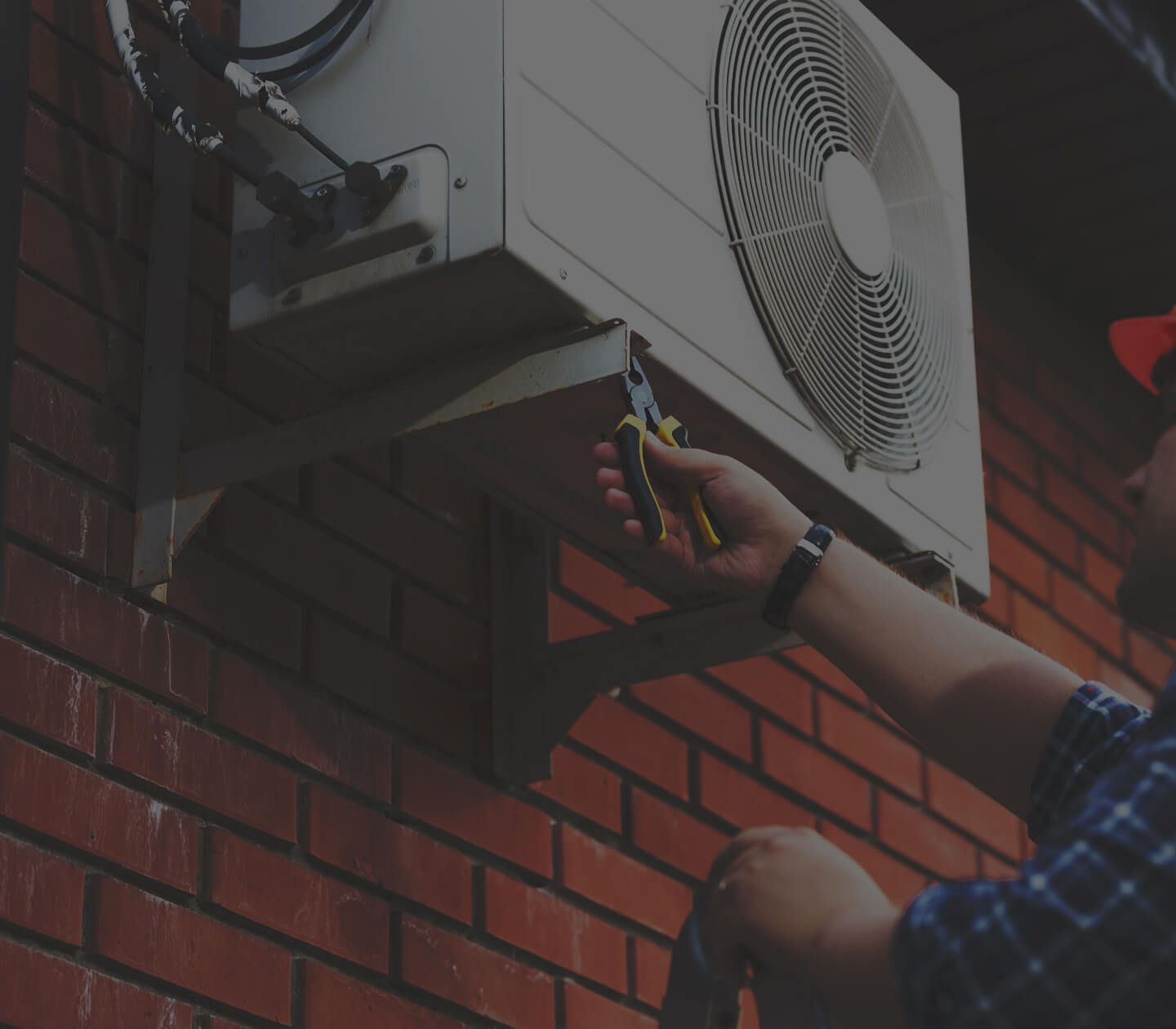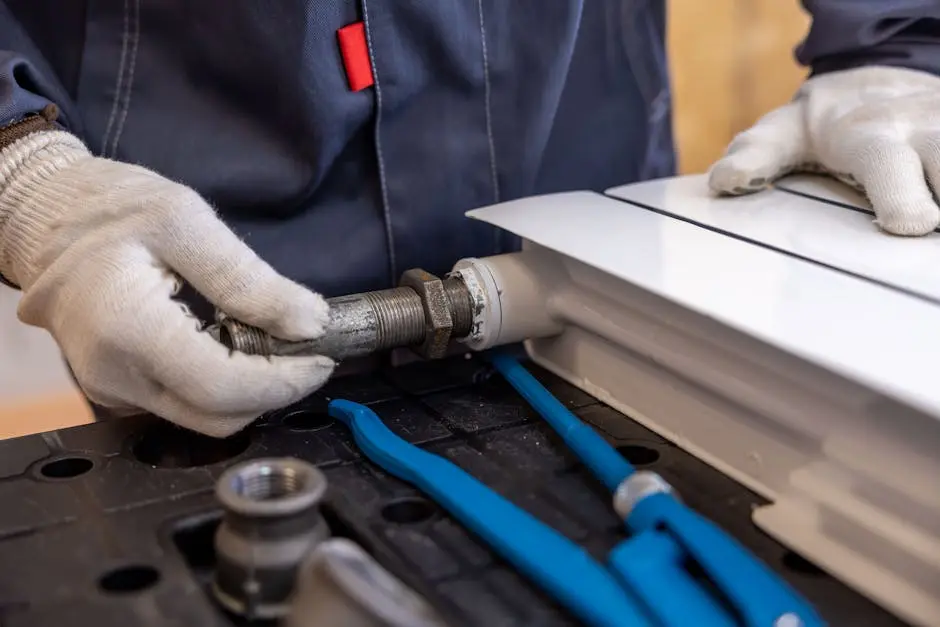Deciding when to replace your old gas furnace can save you money and improve your home’s energy efficiency. It’s important to recognize the signs that indicate it’s time for an upgrade. Let’s explore some key factors to consider for this essential home investment.
Step 1: Evaluate the Age of Your Furnace
Most gas furnaces have a lifespan of 15 to 20 years. If your furnace is approaching or has surpassed this age, it’s time to consider replacement.
Older models may not only be less efficient but also may lack modern safety features. Think about the peace of mind you’ll gain by upgrading.
It’s also helpful to keep documentation of your furnace’s age and maintenance history. This information can aid in deciding whether to repair or replace.
In general, furnaces approaching the 15-year mark should have you contemplating your options. A newer model could save money in energy costs.
Step 2: Monitor Energy Efficiency
Keep an eye on your energy bills. If you see a significant increase without any changes in usage, your old furnace might be struggling to operate efficiently.
An increase in energy bills can often be the first clue that your gas furnace is no longer working effectively. Even small spikes are worth investigating.
Also, consider an energy audit. This can help determine your furnace’s efficiency and identify whether repairs would be a cost-effective option.
If your furnace is older, it could have lower AFUE ratings, causing it to consume more gas than necessary for heating, leading to higher utility costs.
Step 3: Identify Frequent Repairs
If you find yourself calling for repairs regularly, it could be more cost-effective to invest in a new furnace rather than pouring money into constant fixes.
Consider the costs of repairs versus a replacement. If you’re spending more than half the cost of a new furnace on repairs, it may be time to make a switch.
Additionally, listen to your furnace. Odd noises like clanking or rattling can indicate internal issues, signaling it’s time for a serious evaluation.
Extended downtimes due to repairs can disrupt your daily life during the cold season. A new model will offer reliability and greater warmth.
Step 4: Assess Heating Performance
Inconsistent heating or frequent temperature fluctuations can indicate that your furnace isn’t performing as it should, signaling a need for replacement.
You might notice some rooms are warmer than others, or that you often feel chilly despite the thermostat reading an acceptable temperature.
This lack of uniform heating could stem from an aging furnace that can no longer distribute heat effectively through your home.
Consider conducting periodic checks with a thermometer in different rooms to gauge performance, documenting any discrepancies to discuss with a professional.
Step 5: Check for Safety Concerns
If you notice any signs of carbon monoxide leaks, such as a yellow flame or soot buildup, it’s crucial to replace your furnace immediately for your safety.
Carbon monoxide is a silent killer, and any suspicion of leaks should prompt immediate action. It’s best to prioritize safety over any lingering doubts.
Installing carbon monoxide detectors around your home is equally important. They serve as an extra line of defense against this invisible threat.
In addition to gas leaks, check for other signs like rust or corrosion. These issues can pose significant health risks and indicate it’s time to replace.
Final Thoughts on Replacing Your Gas Furnace
In conclusion, knowing when to replace your gas furnace can greatly impact your comfort and energy costs. If you notice any of the signs discussed, such as increased energy bills or frequent repairs, it may be time to start looking for a replacement. A new furnace can enhance your home’s efficiency and keep you warm for years to come.



